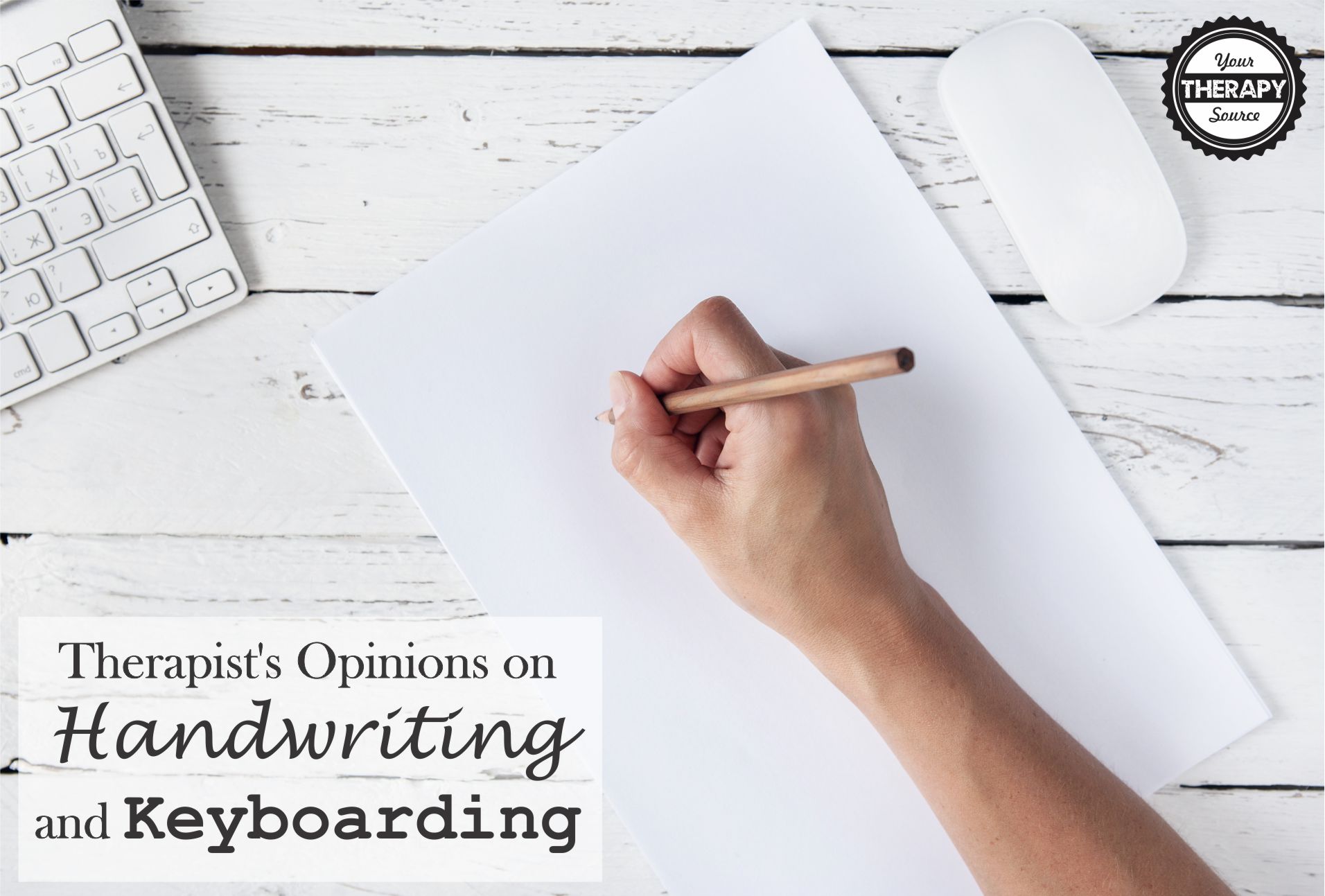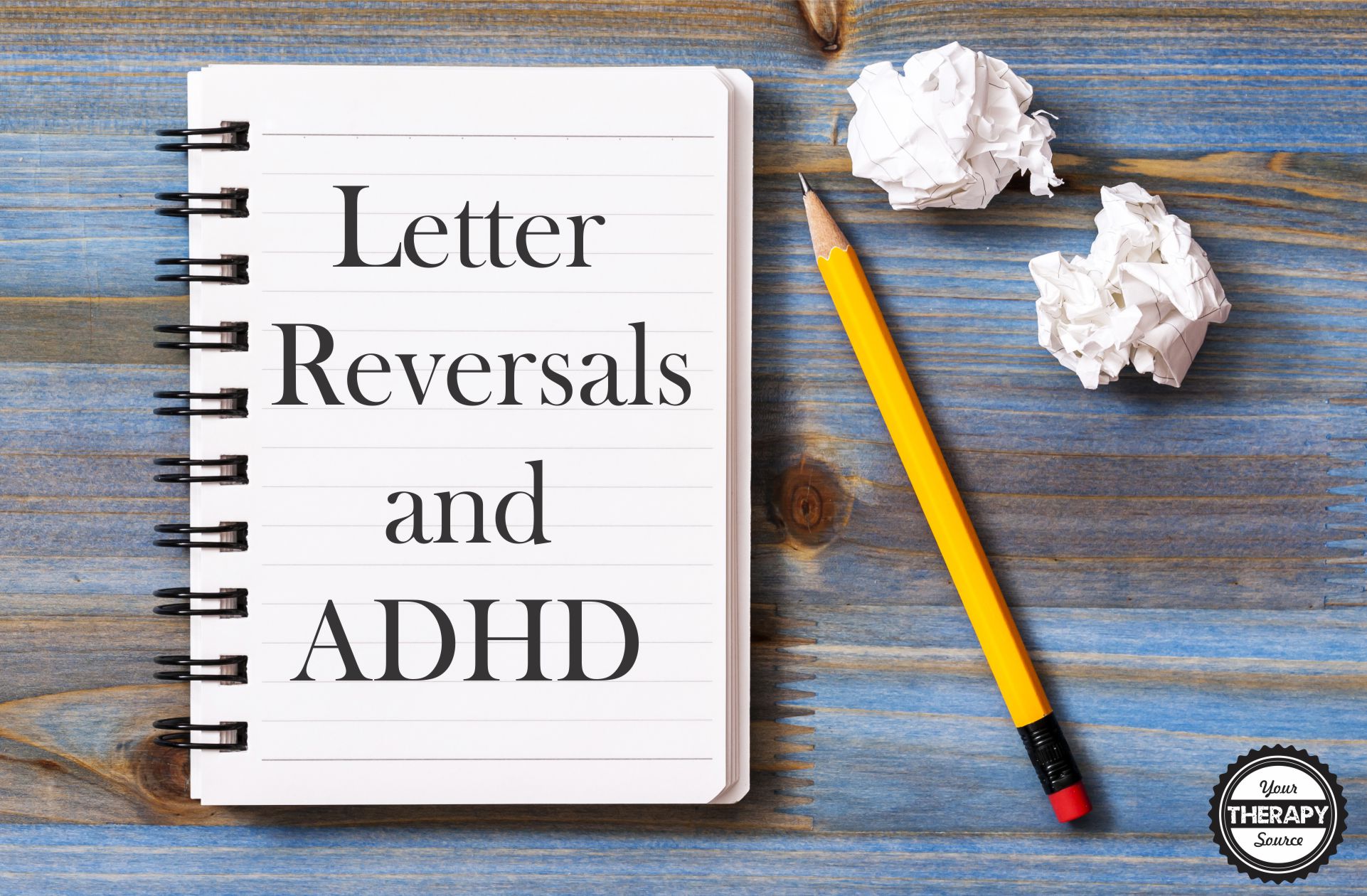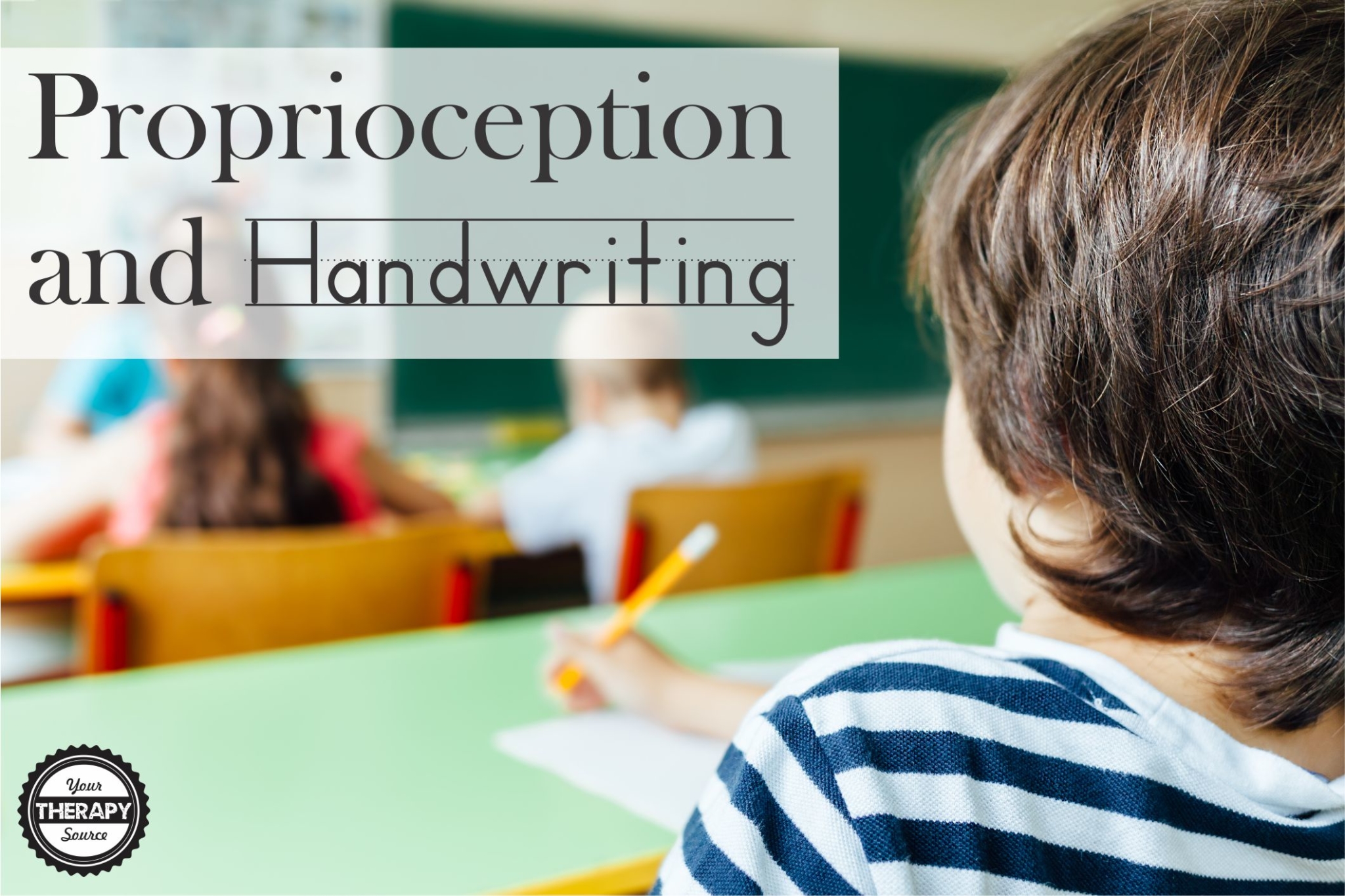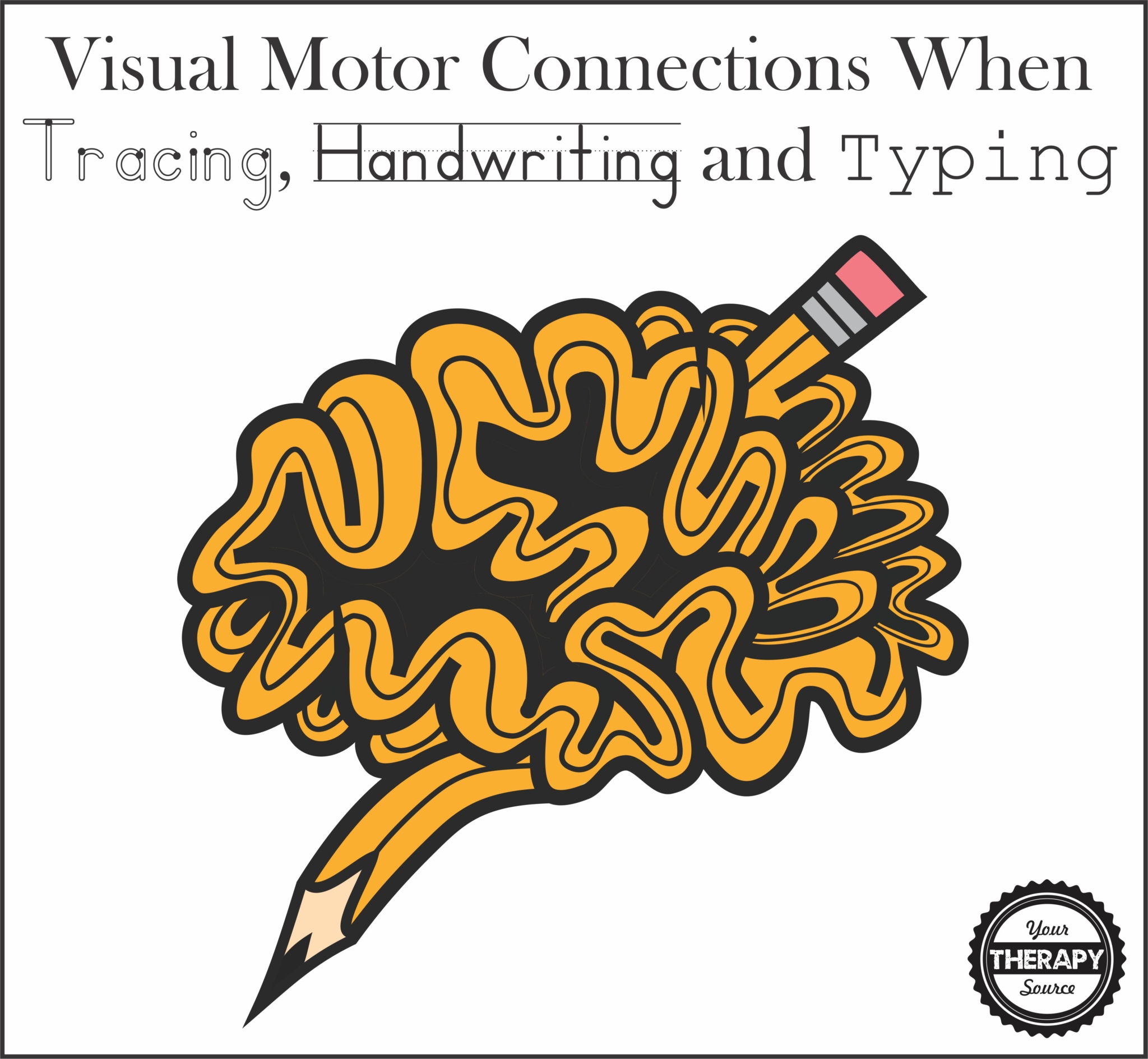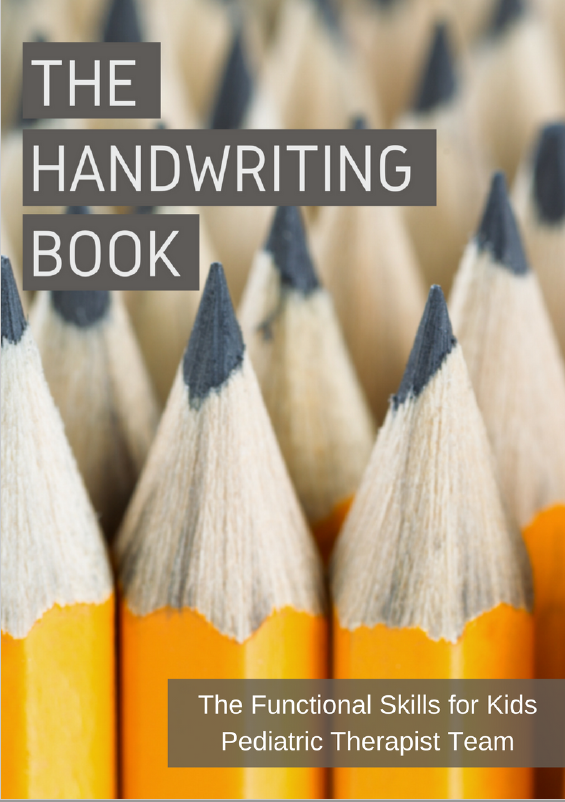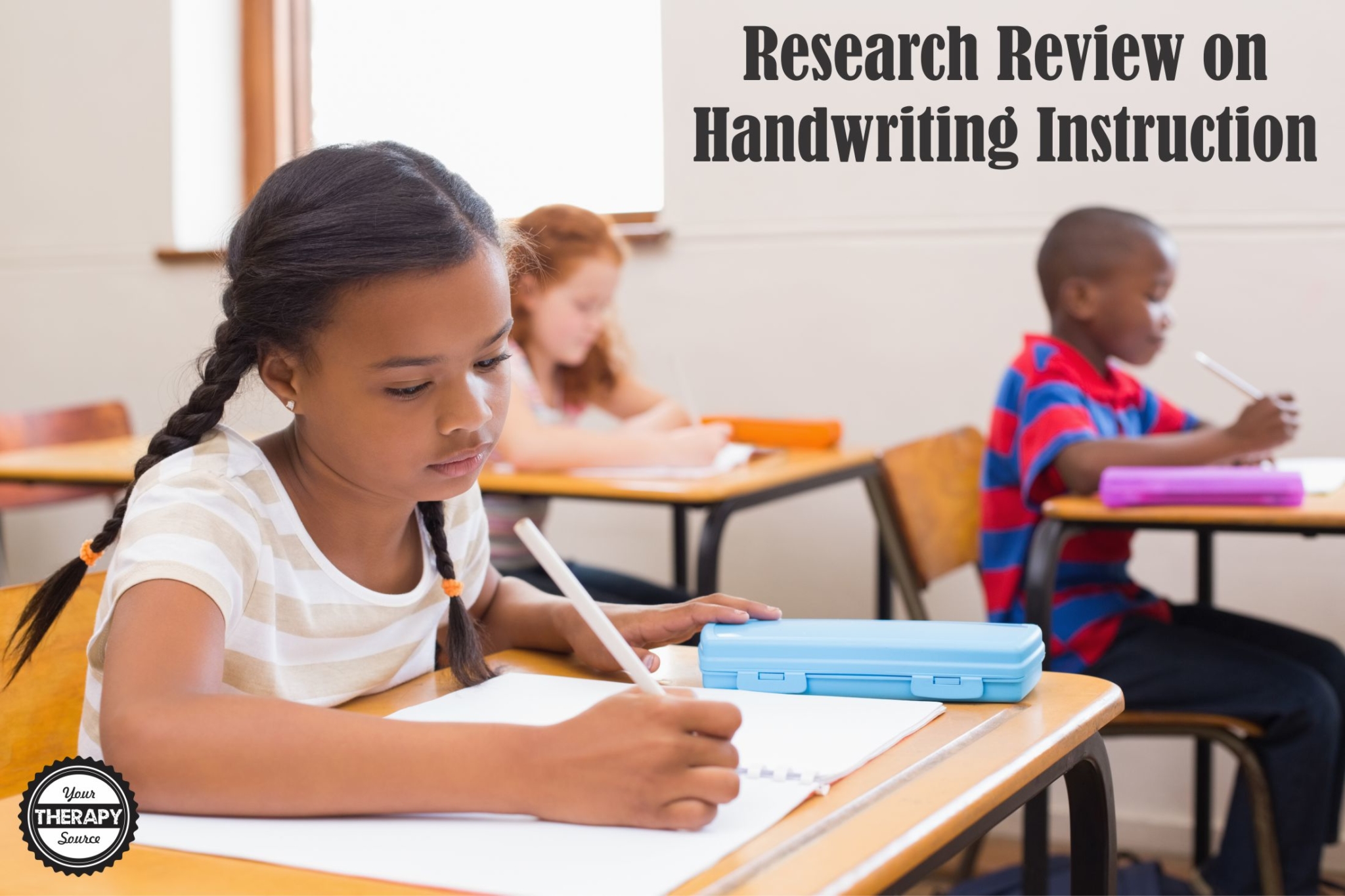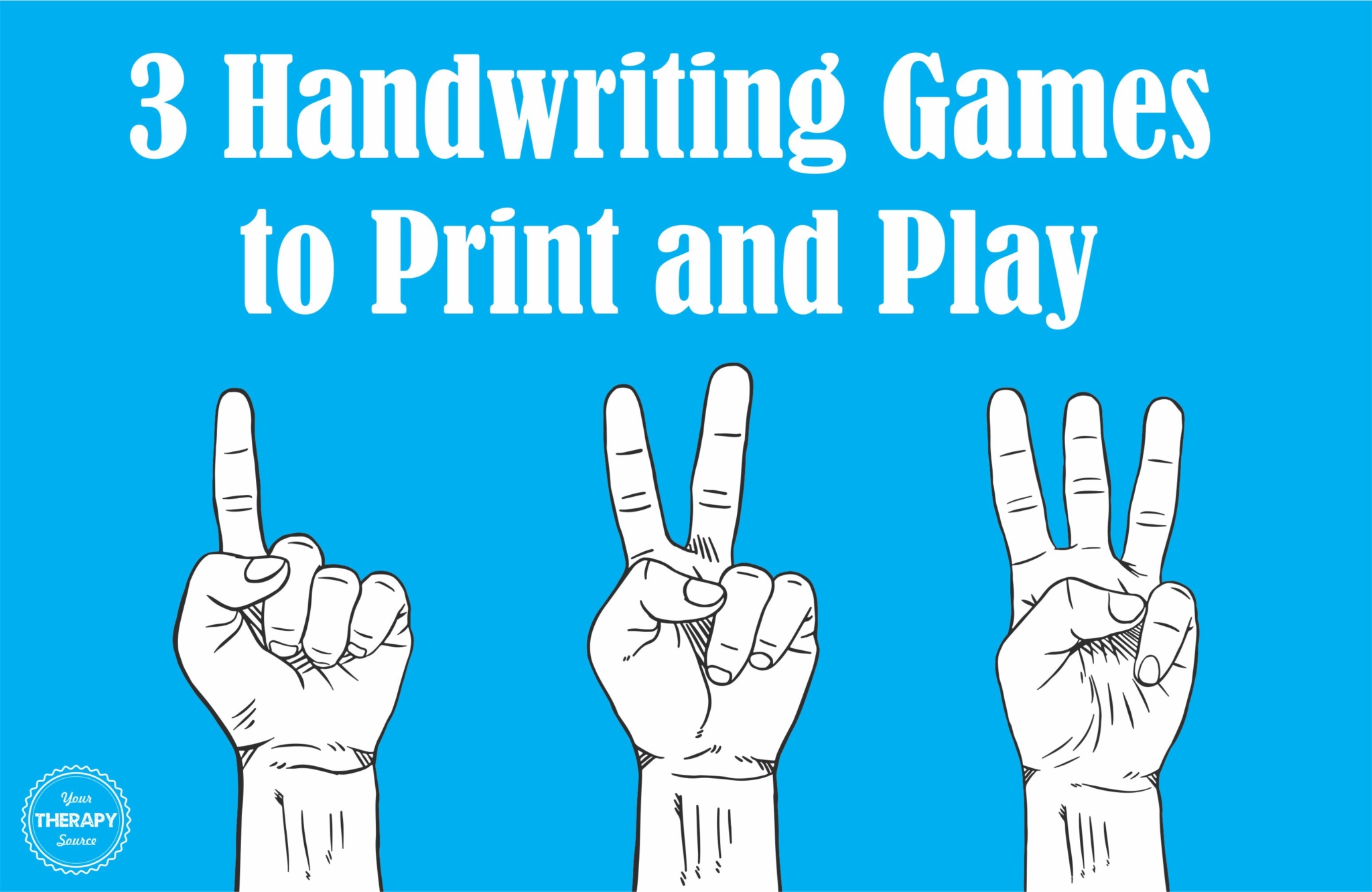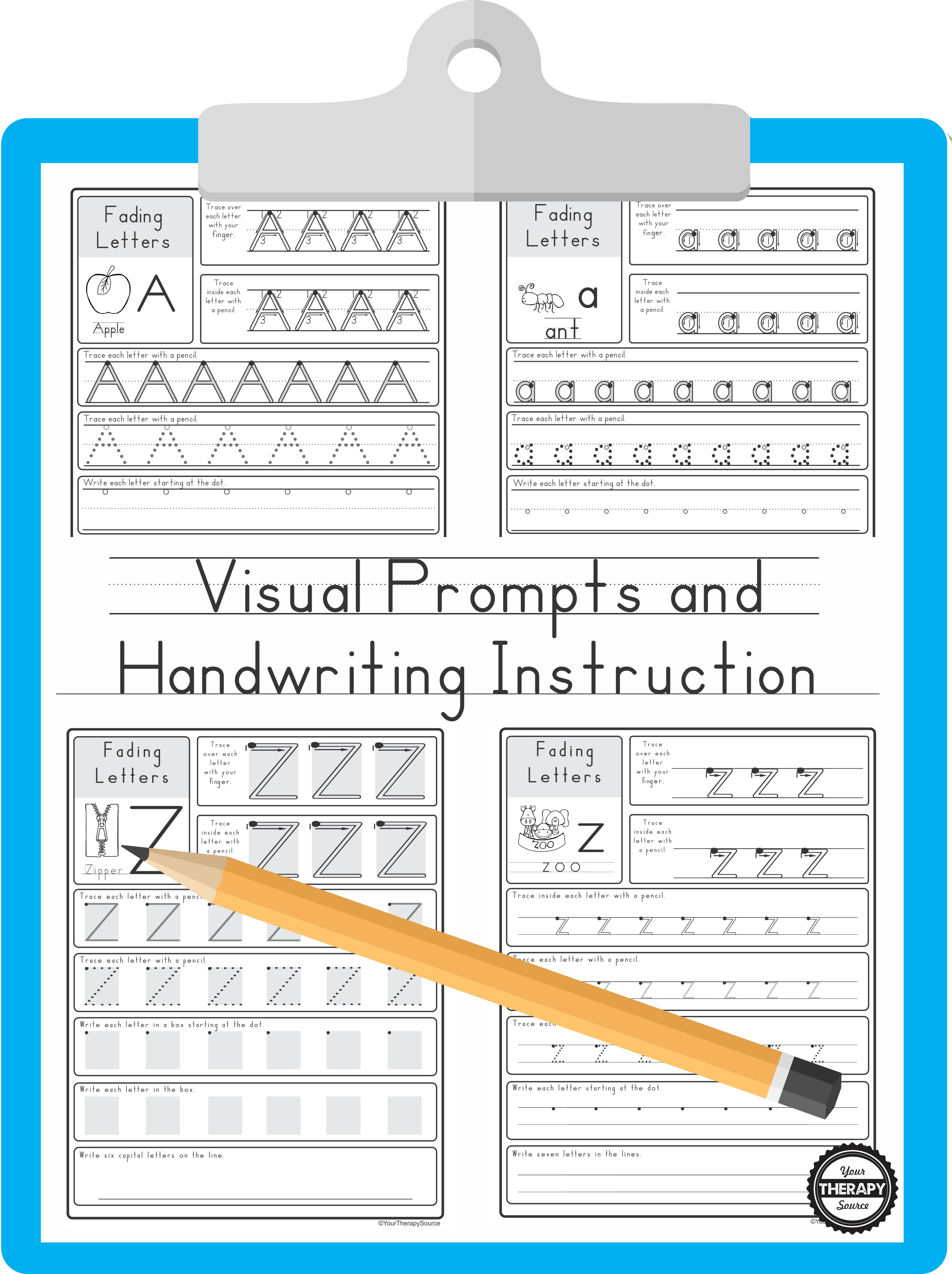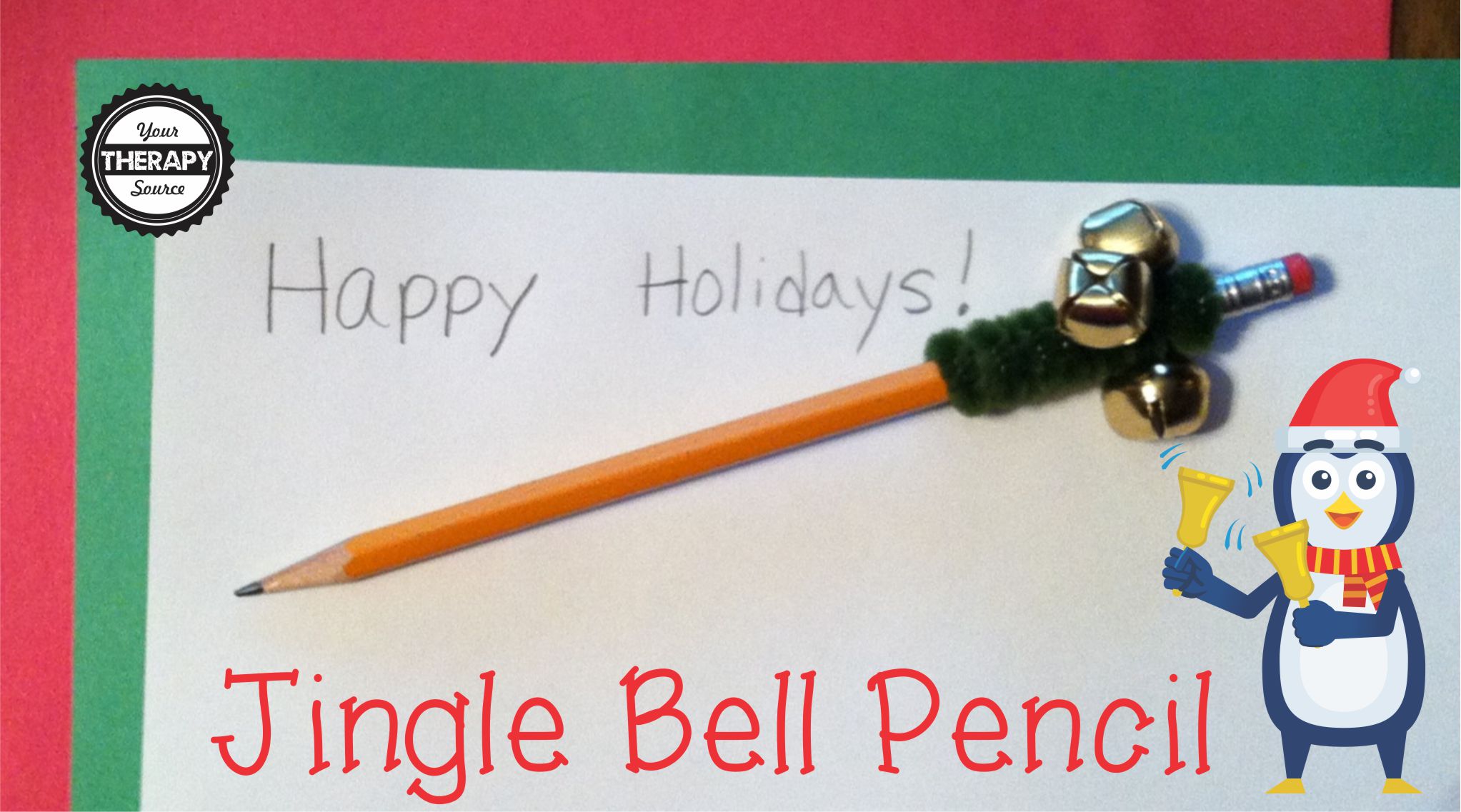Results from Handwriting and Keyboarding Survey
The Handwriting and Keyboarding survey has ended with over 200 responses. The purpose of this survey was to get the opinions of pediatric therapists, parents and teachers on handwriting versus keyboarding. Here are the overall responses with comments at the bottom. Please don’t forget to answer the current survey when you are done reading this […]

